Wednesday 30th April 2025, High Leasowes, Church Stretton
High Leasowes is a collection of grasslands lying at the foot of Caer Caradoc and Helmeth Wood, just east of the A49 as it enters Church Stretton from the direction of Shrewsbury.
We visited last June (2024) and were making a return visit earlier in the year in the hope of finding species that may not be about later in the year.
And we succeeded in that a new fly for Shropshire, Chamaepsila nigra, was recorded during the day.
Since we had visited last year a pool had been dug. As the pool was very new, the banks and surrounding area were mainly bare earth with little cover for tiny animals, but there were some flies on the muddy areas.
Another change was additional trees in several areas of the site. However, regrettably, the site has been the subject of some vandalism with some of the saplings being destroyed.
It was very warm and sunny when we finally entered the site after dawdling along the short walk from the cars to the sites inspecting the hedgerow.
Once on site we remained within a few yards of the entrance carrying out suction samples of the grassland and searching the substantial hedgerow.
The dominant plant in the first field was Dandelion…
But there was quite a bit of Cuckoo flower in flower.
And on one of the plants, we observed an egg of the Orange Tip butterfly.
The Cuckoo Flower also attracted some Crucifer shieldbugs. Here is one of them.
Meanwhile one of the suction samples discovered this Mottled Umber moth larva.
A couple of the group wandered off and inspected the hedgerows and trees for bees and flies. One hoverfly that they found was Platycheirus aurolateralis.
This is only the second time this species has been recorded in the county.
We made our way very slowly through the first field and into the second.
Along the way we recorded a Clouded Silver moth.
And this plant.
This is Trachysternon orientalis. Slightly more conveniently it is known by the common name Abraham-Isaac-Jacob!
Now a couple of ground beetles were observed on either side of lunch.
Before lunch we noticed Paradromius linearis.
And after lunch we saw Leistus rufomarginatus.
We progressed into the 3rd field at the far end of the site. Climbing up the rising ground gave an excellent view back to Church Stretton and the Long Mynd with the Burway making its way up the hill.
Looking the other way Caer Caradoc loomed over us. In fact it's presence was a feature of the site as it was visible from most parts of the site.
A normally common spider, that has been conspicuous by its lack of numbers recently, was the Nursery Web spider, Pisaura mirabilis.
Turning for “home” and into the 4th field, searching some Hawthorn revealed this attractive weevil, Tatianaerhynchites aequatus.
Fortunately, this weevil has acquired the common name Apple Fruit weevil.
Far easier to remember.
The fourth field contains a small quarry that is now overgrown and dominated by an Oak. On one of the flowers of the tree we found this gall.
We found another, similar looking one, on a leaf.
They are both caused by the larvae of a small wasp Neuroterus quercusbaccarum. The gall is known as the Currant gall.
These wasps have a curious lifecycle in that different generation are either mixed male and female, or solely female. The Currant gall is generated by the mixed generation. The solely female generation causes a different gall known as the Common Spangle gall, which is often seen on the underside of an Oak leaf.
Further investigation of this oak revealed a weevil with an exceptionally long rostrum, Curculio glandum, known as the Acorn weevil.
Returning to the first field we concentrated on a large patch of rough vegetation close to the entrance that has been left to develop to provide a different habitat to the grassland. Searching this revealed a 7-spot ladybird.
You will notice the growth under the ladybird. This is the pupa of the parasitic wasp Dinocampus coccinellae.
The wasp lays its egg in the ladybird. When hatched the wasp larva feeds internally on the ladybird. Its final instar emerges from the host through the abdomen and spins its cocoon between the ladybird’s legs, trapping it. At this point the ladybird is still alive, but it usually then dies within a few days.
On that cheerful note we went home.
My thanks to the High Leasowes Management Committee for granting us permission to enjoy ourselves and to the photographers for providing their excellent images for this report.












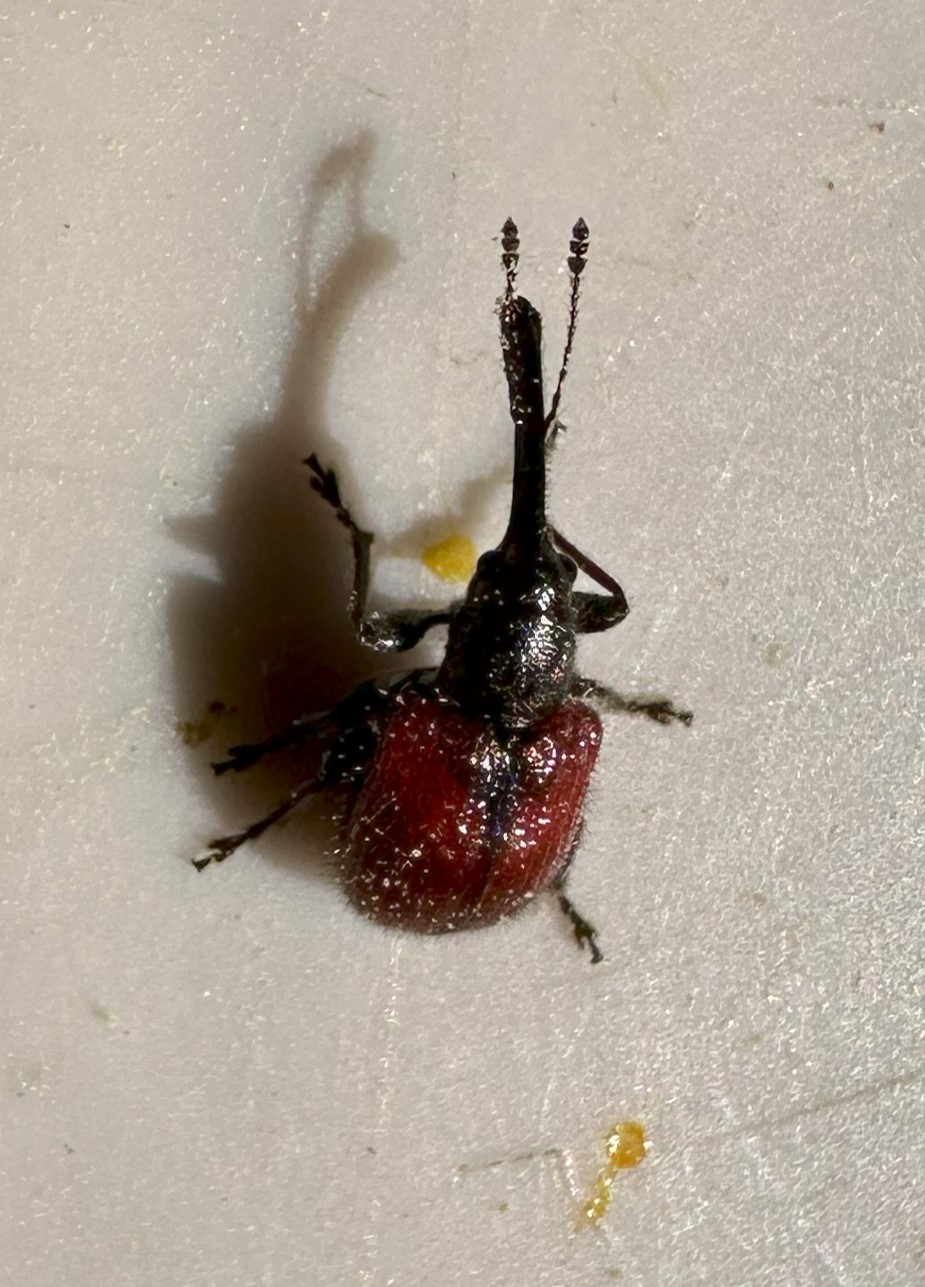



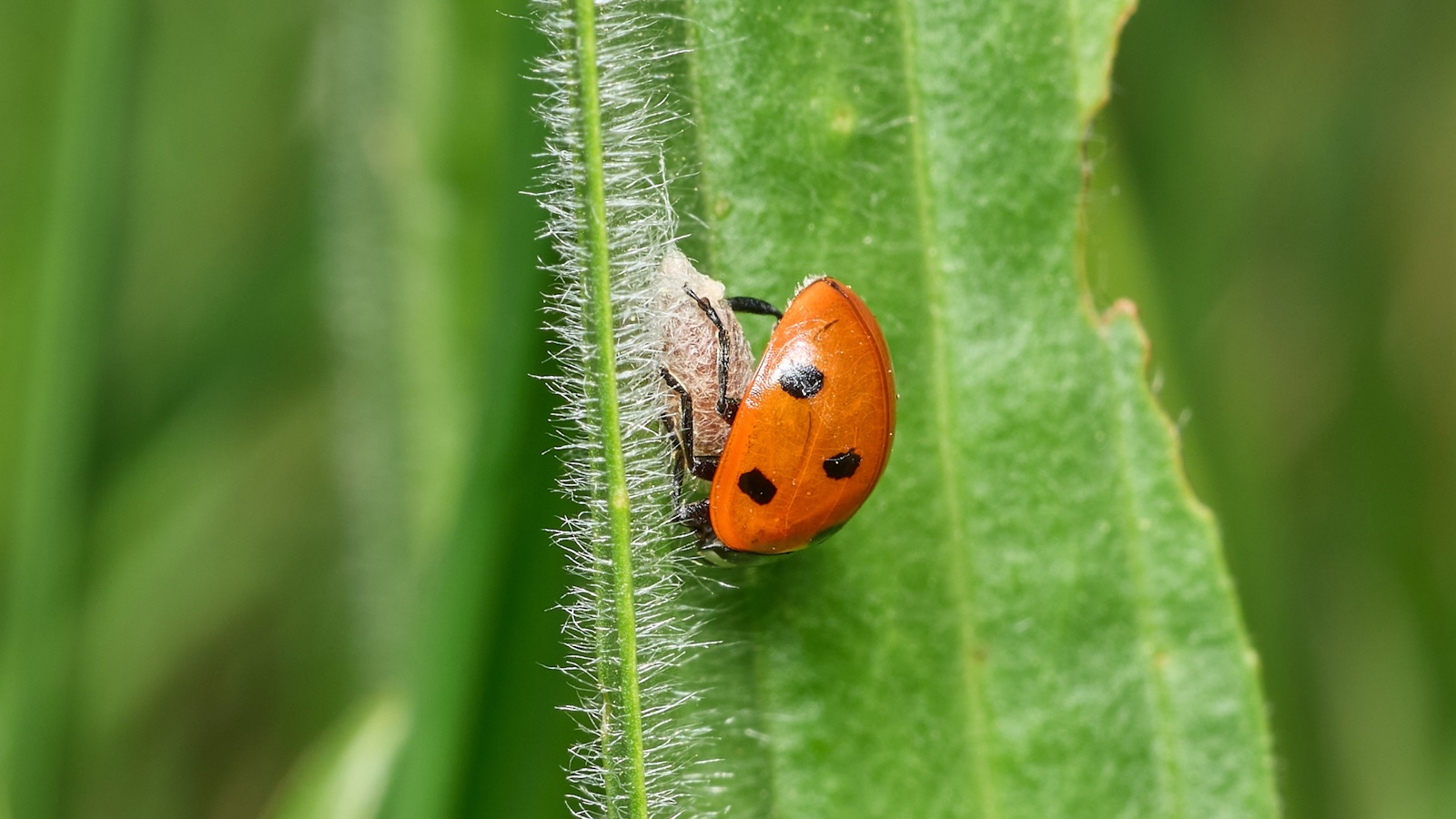






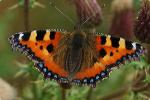




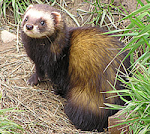

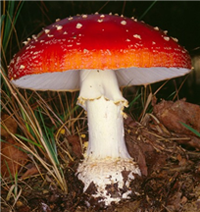





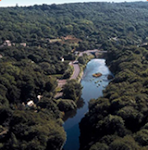






No comments:
Post a Comment
Please feel free to comment on this post...